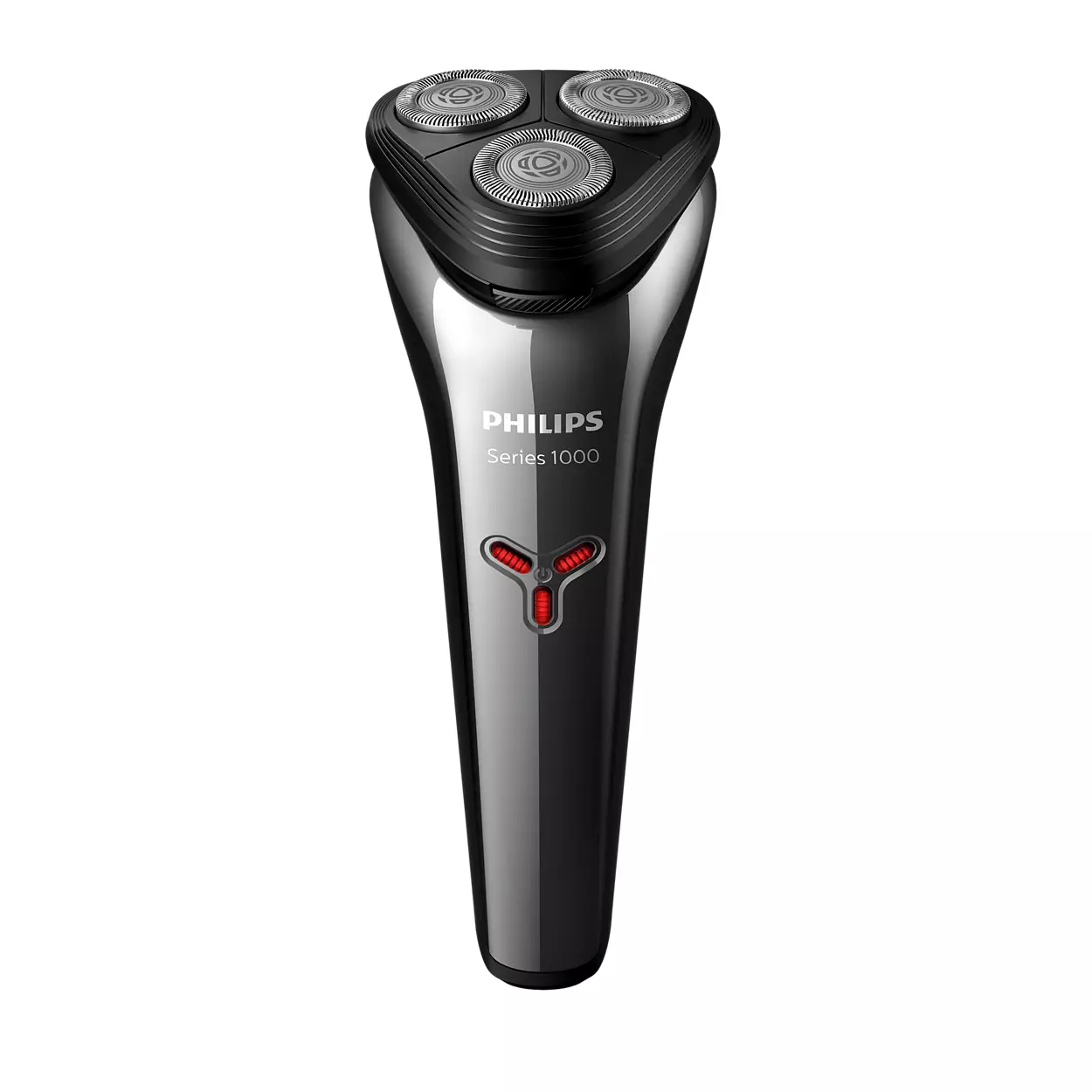Have you ever wondered about the origins of the electric shaver? This innovative device has revolutionized the grooming industry, making the shaving process quicker, more convenient, and often more comfortable. But where did it all begin? The story of the first electric shaver is rich with ingenuity and driven by the desire to simplify a daily ritual. Understanding the development of the electric shaver sheds light on the advancements in personal grooming technology and highlights the creativity and persistence of its inventors. Ready to explore the history of the first electric shaver? Let’s dive into its fascinating background and evolution.
The Birth of an Idea
The concept of an electric shaver was born out of necessity and a quest for efficiency. Before the electric shaver, traditional razors were the only tools available for facial hair grooming. They required skill, patience, and often led to cuts and irritation. The idea of an electric shaver aimed to address these challenges, offering a safer and more convenient alternative.
Early Innovations
The early 20th century was a time of rapid technological advancement and innovation. Engineers and inventors were exploring ways to improve daily tasks, and shaving was no exception. The quest to create an electric shaver involved experimenting with various designs and mechanisms to find a solution that worked effectively on facial hair without causing discomfort.
Jacob Schick’s Vision
Jacob Schick, a retired U.S. Army Colonel, was one of the pioneers in this field. He envisioned a shaving device that would not require water, soap, or shaving cream—just electricity. Schick’s determination to create a more convenient shaving method led him to develop the first successful electric shaver design in the early 1920s. His vision and perseverance laid the foundation for a new era in personal grooming.
Development and Prototyping
Bringing the concept of an electric shaver to life involved several stages of development and prototyping. Schick’s journey from idea to finished product was marked by numerous trials, errors, and refinements.
Initial Challenges
Creating a functional electric shaver was no easy task. One of the primary challenges was designing a motor that was powerful yet compact enough to fit into a handheld device. Additionally, the blades had to be sharp and precise but also safe for skin contact. Schick and his team had to address issues related to power supply, blade movement, and user safety.
Prototyping Breakthroughs
Schick’s early prototypes included various mechanisms to drive the blades. He experimented with different types of motors and blade configurations to find the most effective combination. His persistence paid off when he developed a prototype that featured oscillating blades powered by a small electric motor. This design proved to be the breakthrough he needed, as it effectively cut hair without causing significant irritation.
The First Commercial Electric Shaver
After years of development and refinement, Jacob Schick introduced the first commercial electric shaver to the market in 1931. This groundbreaking invention changed the way men shaved and paved the way for future innovations in personal grooming.
Schick Dry Shaver
The “Schick Dry Shaver,” as it was called, featured a motor-driven shaving head with oscillating blades. It was designed to be used without water or shaving cream, making it a “dry” shave. The device was compact, easy to use, and significantly reduced the time and effort required for shaving. Its introduction was met with both curiosity and skepticism, but it quickly gained popularity among men seeking a more convenient grooming option.
Market Impact
The release of the Schick Dry Shaver marked a turning point in the grooming industry. Its success demonstrated the potential for electric shavers to become a staple in men’s grooming routines. Schick’s innovation inspired other companies to explore electric shaver designs, leading to increased competition and further advancements in the technology. The market was now ready for a revolution in personal grooming.
Technological Advancements
Following the initial success of the Schick Dry Shaver, the electric shaver industry saw rapid technological advancements. These improvements enhanced the performance, comfort, and functionality of electric shavers, making them even more appealing to consumers.
Rotary and Foil Shavers
One significant advancement was the development of different types of electric shavers, namely rotary and foil shavers. Rotary shavers, introduced by Philips in the late 1930s, featured rotating blades housed under circular heads. This design allowed for more flexible movement and better contouring to the face. Foil shavers, on the other hand, used oscillating blades beneath a thin, perforated foil that captured and cut hair. Both designs offered unique benefits, catering to different shaving preferences and needs.
Ergonomic Designs
As technology progressed, manufacturers focused on improving the ergonomic design of electric shavers. Sleeker, more comfortable handles, and user-friendly controls enhanced the overall shaving experience. Cordless models with rechargeable batteries also became available, providing greater convenience and portability. These advancements made electric shavers more versatile and accessible to a broader audience.
The Evolution of Electric Shavers
The evolution of electric shavers continued throughout the 20th century and into the 21st century, with significant innovations that improved their efficiency and user experience.
Modern Features
Today’s electric shavers come with a plethora of advanced features, including multiple shaving modes, precision trimmers, and wet/dry functionality. Some models are equipped with sensors that adjust the blade speed based on hair density, ensuring a consistent shave. Additionally, advancements in blade technology have led to sharper, more durable blades that provide a closer, more comfortable shave.
Smart Technology
The integration of smart technology has brought electric shavers into the digital age. Features like digital displays, auto-cleaning systems, and app connectivity offer users a more personalized and convenient shaving experience. These smart features reflect the ongoing commitment to innovation and user satisfaction in the electric shaver industry.
Comparisons with Traditional Shaving Methods
Understanding how electric shavers compare with traditional shaving methods can help consumers make informed decisions about their grooming tools.
Safety and Convenience
Electric shavers offer a safer and more convenient alternative to traditional razors. The risk of cuts and nicks is significantly reduced, and the process is quicker and cleaner. Electric shavers are especially beneficial for individuals with sensitive skin, as they are designed to minimize irritation.
Shave Quality
While some purists argue that traditional razors provide a closer shave, advancements in electric shaver technology have narrowed the gap. Modern electric shavers can deliver a shave that is comparable in closeness to traditional methods, with the added benefits of convenience and reduced irritation.
 Consumer Preferences
Consumer Preferences
Consumer preferences play a significant role in the continued evolution of electric shavers. Understanding these preferences helps manufacturers tailor their products to meet the needs and expectations of their audience.
Customization
Many consumers appreciate the ability to customize their shaving experience. Features like adjustable blade speeds, interchangeable heads, and personalized shaving modes cater to individual preferences. This customization allows users to achieve their desired results with greater ease and satisfaction.
Ease of Maintenance
Ease of maintenance is another important factor for consumers. Self-cleaning and easy-rinse models have gained popularity, as they simplify the care and upkeep of electric shavers. This emphasis on convenience extends the lifespan of the product and enhances the overall user experience.
Future Trends
As technology continues to advance, the future of electric shavers looks promising. Emerging trends are likely to shape the next generation of grooming tools.
Innovations in Blade Technology
Ongoing research and development in blade technology will likely lead to even sharper, more efficient cutting mechanisms. Nanotechnology and new materials could result in blades that stay sharp longer and provide an even closer shave with minimal irritation.
AI and Machine Learning
The integration of artificial intelligence (AI) and machine learning into electric shavers could revolutionize the grooming industry. Shavers equipped with AI could learn users’ shaving habits, preferences, and facial contours, providing a highly personalized and optimized shaving experience.
Final Thoughts
The journey from the first electric shaver to the advanced models we use today is a testament to human ingenuity and the relentless pursuit of improvement. Electric shavers have come a long way since Jacob Schick’s initial invention, evolving into sophisticated devices that offer convenience, efficiency, and a superior shaving experience. As technology continues to progress, the future of electric shavers promises even greater innovations and enhancements. Understanding the history and evolution of the electric shaver not only highlights the advancements in personal grooming but also offers a glimpse into the future of this essential tool. Whether you’re a long-time user or considering making the switch, the electric shaver remains a symbol of modern grooming technology.




